Types of memory and their characteristics

Any events, experiences, impressions leave informative traces in the subcortical structure of the human brain. The print can be stored for a long time and reproduced by the individual at the right time. Let's consider the classification of the main types of human memory.

Voluntary and involuntary memory
The highest level of the thought process enables an individual to accumulate, store and mentally reproduce a large amount of knowledge and skills acquired over a long time. In psychology, some types of human memory are distinguished by the nature of the connection with the goal of activity. The arbitrariness or involuntariness of memorization is due to certain conditions: accidentally or deliberately, a person has mastered some information.
Involuntary memorization occurs automatically. It does not require any special effort from the subject. The brain itself records some data it perceived. The individual does not set himself the goal of remembering them, but the information remains in the head. Passive action is inextricably linked with the hobbies, professional interests of the individual.

Information that is not included in the zone of purposeful activity is usually forgotten.
Arbitrary memory requires some volitional efforts from a person to consciously capture and reproduce information. The individual needs to immerse himself in the subject being studied.The quality of fixing events and facts in the head depends on the depth of elaboration of the material. In this way, a person prepares for exams, memorizes formulas and poems. Purposeful retention of the material being mastered in the head is a special and complex thought process.
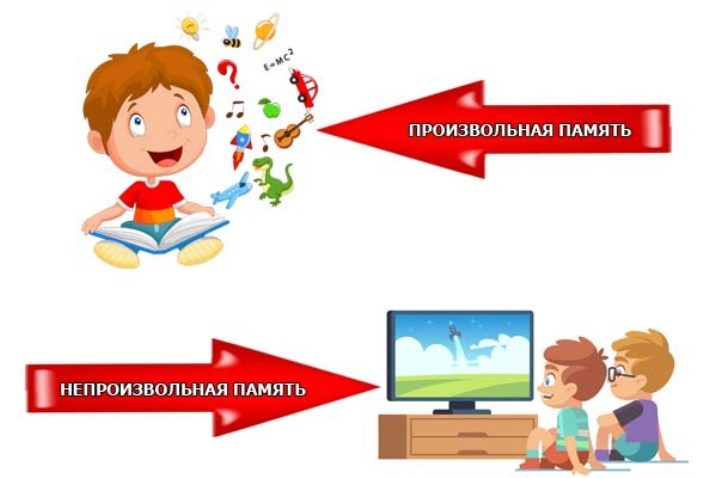
According to the degree of awareness of the memorized information, there are two types.
Reproduction of the necessary information by an individual's volitional effort is called explicit memory. The subject consciously and purposefully retains the accumulated experience in his head. If necessary, a person can extract from the depths of the brain once memorized rules, foreign words, dates and other events.
The characteristic of implicit memory is reduced to information recovery using indirect methods. The human brain is capable of storing all the data that has ever been perceived. A striking example is typing on a computer: the fingers themselves know where the keys are. Until the subject starts typing, he does not remember the keyboard layout. He has no conscious access to this knowledge.

It is believed that implicit memory has the effect of precedence and affects the subsequent consolidation of new information.
Classification by mental activity
The specific features of human memory are that it participates in thought processes. The individual is able to dream, combine concepts or images. A person has imagination and emotions. It can be very difficult for people to forget unpleasant memories. The mental properties of the personality contribute to the reproduction of individual experiences of past events.

The human brain remembers the essence with reference to the context.
For the mental reconstruction of facts and information, the subject needs to revive all memories, to recall the necessary associations and the setting of the times of the actions taking place.

A person can reconstruct long-past events in a distorted way. In contrast, the computer reproduces the entered data very accurately. The file system prevents electronics from making mistakes. Differences in information processing in humans and volatile devices are observed in the fact that electronics encodes information using a processor, and a person transmits data through nerve cells.
People have a mess in their heads. They need to look for one among the many flickering thoughts related to the desired topic. The brain does not store anything ready-made. Unlike human memory, volatile storage devices can only store their content when a supply voltage is present.
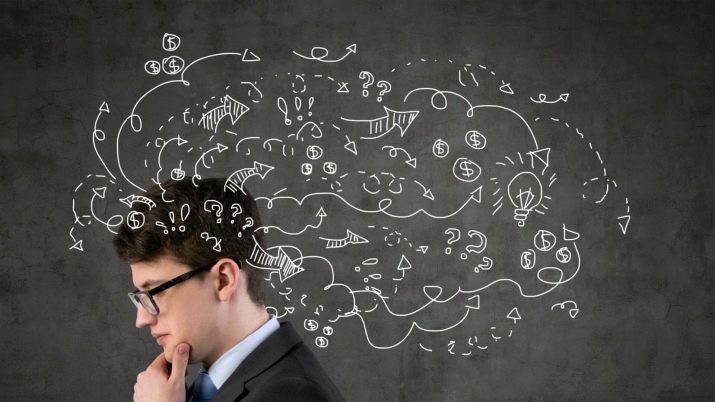
The process of keeping informative traces in the subject's head is influenced by the individual personality traits.
With the conditional division into the main varieties according to the nature of mental activity, psychologists take into account the receptors and analyzers involved in the perception, processing and storage of the received data.

Figurative
The act of memorization is performed by perceiving images through some kind of sensory systems. Reproduction is in the form of representations. The subject memorizes pictures of nature, life phenomena, sounds, smells, tastes. An individual is able to recall an absent object in memory from an image imprinted in his head, to characterize it in detail. He can imagine the smell and taste of a freshly cooked barbecue, the scent of a tea rose, the trill of a nightingale.
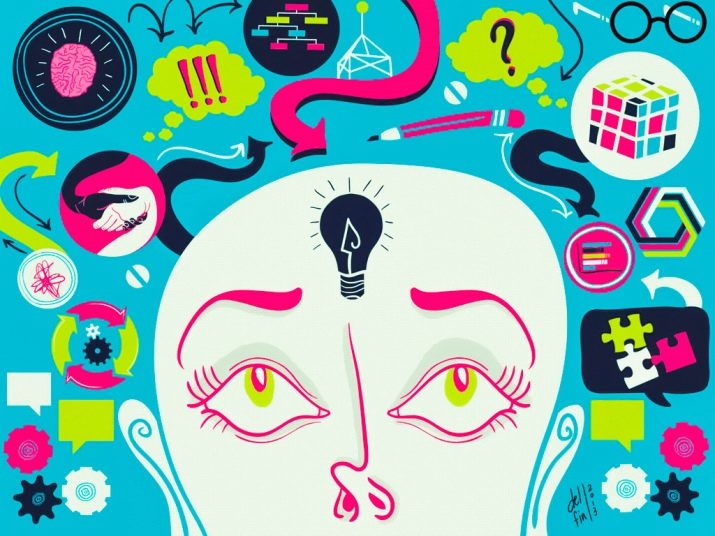
Often the information stored in the images differs from the original.
Motor
The infant is endowed with conditioned motor reflexes, which gradually develop into motor memory. It begins to form in a baby in the first months of life. Holding the head, crawling, the first steps are mastered through motor memorization. In the future, the fixation and reproduction of motor operations takes on a conscious character. The child learns to dress, wash, brush his teeth, hold a spoon, cut his nails, make the bed, brush his hair. These activities include walking, running and writing. Memorized movements form the main base of labor skills and practical motor operations. Young specialists are gradually mastering professional skills. Over time, movements are brought to automatism. This type of memorization is very important for athletes and dancers.

Emotional
The most reliable and durable storage of any information is a memory archive formed on the basis of various feelings: joy, grief, fear. It can be wrongs inflicted that cannot be forgotten, or shame for their own actions. Experienced and stored emotions act as signals that induce actions or deter them from them. By the end of the first year of life, this type of memorization is clearly manifested in children. The child may laugh or burst into tears when he sees a thing that brings him joy or the object of his suffering. The subject can completely forget some events, read books, watched movies, and impressions and feelings remain in the storage of the brain. Fragments anchored in brain structures can be reproduced in the smallest detail instantly in the form of bright flashlights. This type of memorization has a tremendous impact on the personality. Empathy and compassion for people is based on emotional memory.

Verbal-logical
This type of memory is based on words and thoughts. These two concepts are interconnected: words arise as a result of thinking, and thoughts are embodied using different linguistic forms. The main meaning of the material obtained as a result of the thought process is conveyed in literal verbal form. The form of information presentation depends on the understanding of the text, on the ability to find important and secondary parts, on the level of speech development.
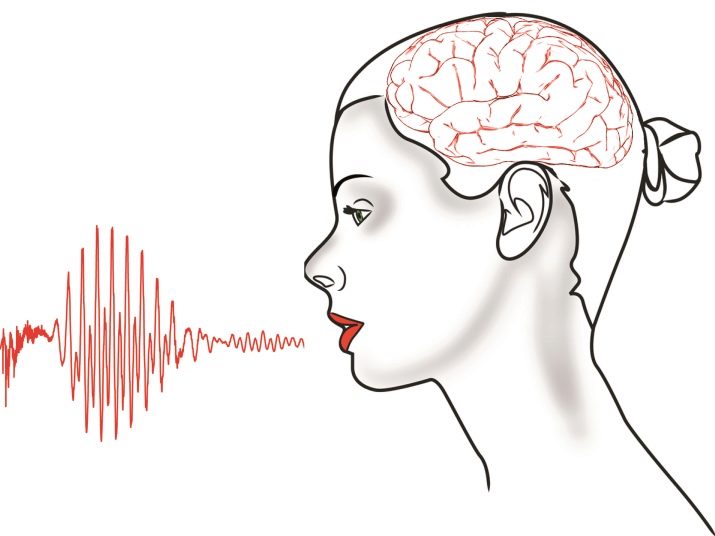
The ability to memorize the texts presented by words affects the formation of personality.
Types by the way of memorization
Depending on the participation in the thought process, psychologists distinguish two subspecies of memory, characterized by the presence or absence of comprehension when fixing the necessary material.
Logical
A prerequisite for meaningful memorization is understanding. Semantic connections are needed between the assimilated objects or phenomena. They form the basis of logical memory. It is advisable to break down all the information into its component parts, come up with headings or highlight the pivotal points with which the content of the material is associated. You need to mentally associate the headings with each pivot point, create associative rows. One of the techniques of logical memorization is comparison. First, you need to identify striking differences, and then you can pay attention to less noticeable distinguishing features. Semantic memorization is based on a clear understanding of the logical chains of the memorized material, therefore it is perfectly ordered and fixed in the head.
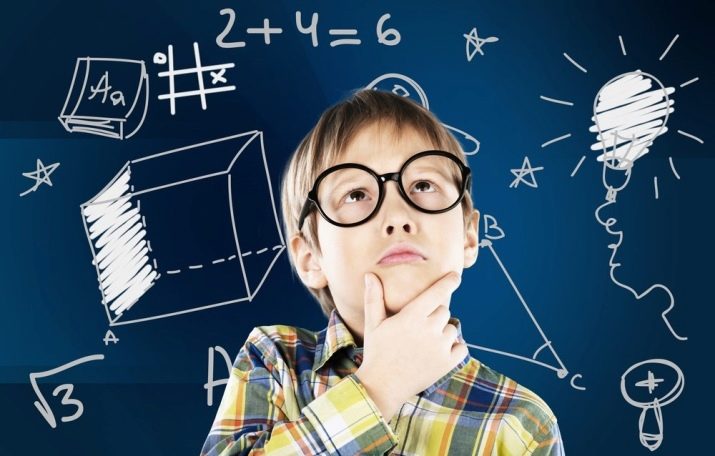
Mechanical
Repeated repetition of information without deep understanding of the content leads to rote memorization. Children can learn to memorize more easily than adults, who have the ability to grasp the main meaning. It is difficult for children to isolate the main pieces of information. They usually focus on details. Students on the exam can reproduce material learned by rote method, but they find it difficult to explain specific concepts. Mechanical fixation of information occurs without establishing and realizing a logical connection between fragments of the text. Deliberate memorization without comprehending information is ineffective, since it does not allow knowledge to break through from operational storage into a long-term archive.

Description of species by storage duration
According to the duration of fixing and preserving information traces, memory is divided into 3 main types:
-
sensory memory produces a lightning-fast retention of an image or phenomenon that has just been received by the sense organs, which it holds for about half a second, then meaningful information is sent to short-term storage, the remaining traces are erased;

-
short-term memory processes the material obtained from an instant print for 20-25 seconds, after which it sends it for long-term storage or displaces it from short-term storage;
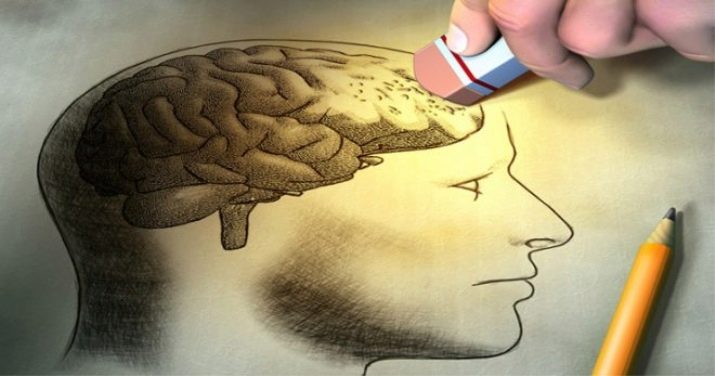
- long-term memory can store any information volume for an unlimited period of time, reproduce it many times without any loss until the end of a person's life.
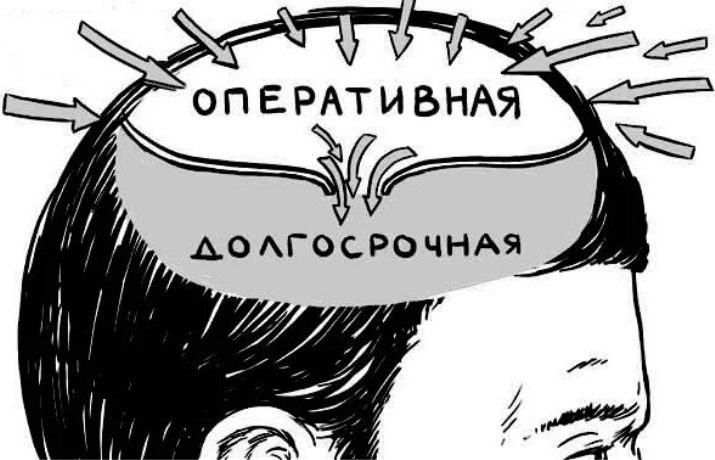
Thus, the mechanism for fixing information in the head consists of three levels. First, the sensory register is involved, then the information is sent to short-term storage and from there is placed in the archive for a long time. Let's consider these stages in detail.
The primary stage of processing new information occurs at the sensory level. Instant prints remain for a short time on the peripheral areas of the analyzers. This level is characterized by convention. Only physical signs are retained in the head without any coding. Most of the various signals are quickly destroyed and fade away. Old informative traces are instantly replaced with new symbols. The sensory register has too little storage space, so the subject perceives the world in its continuous integrity. Otherwise, instead of a single picture, unrelated images would appear. Blinking would lead to forgetting the previous information. Sounds would also consist of separate passages.

At the stage of short-term preservation, the perceived information is emotionally experienced and reconstructed. Coding occurs at the visual and acoustic levels. At this moment, irrelevant data is sifted out, so random and unnecessary information does not overload the brain. After the loss of some part of the material, the rest of the successfully encoded information is placed in the archive for long-term storage.
The following processes are observed at the heart of long-term memory: knowledge coding, archiving and retrieval. The quality of information encryption depends on activity and meaningfulness. Coding occurs at the semantic level. With the awareness of purpose and motivation, certain emotions and active imagination are turned on. Important factors for maintaining the required level of information are the analysis and structuring of the knowledge being mastered, the search and highlighting of the main thoughts, the establishment of logical chains between text fragments, the building of associative rows, as well as the repetition of the material. A secure archive stores perceived information, divided into multiple headings and sorted into shelves.

There is an intermediate link between short-term and long-term memorization in the form of random access memory. Operational storage of material takes place over a period of time from several minutes to a certain number of days, depending on the specific task at hand: a person may need to keep intermediate information in his head. For example, to perform an arithmetic operation, the necessary numbers must be remembered for several minutes, and for the implementation of a project, the necessary parameters should be kept in mind for a week or even a month. Then unnecessary facts are squeezed out in order to make room for new source data.
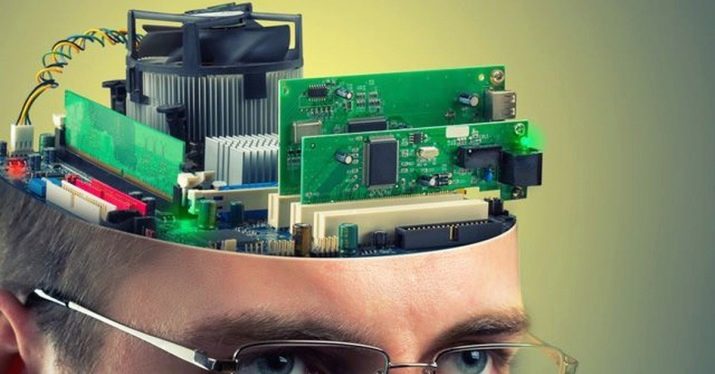
What is the memory according to the leading analyzer?
The most active part in the memorization process is played by the sense organs.
Visual
It is no coincidence that there is a saying: it is better to see once than hear a hundred times.An individual is able to memorize and reproduce a visual image: the faces of familiar people, the covers of favorite books, specific fragments of texts. The imprint remains in the imagination for a long time after the end of the impact of the perceived image on the senses. This kind of memory is essential for artists and engineers. The process of memorizing and restoring information is based on it.
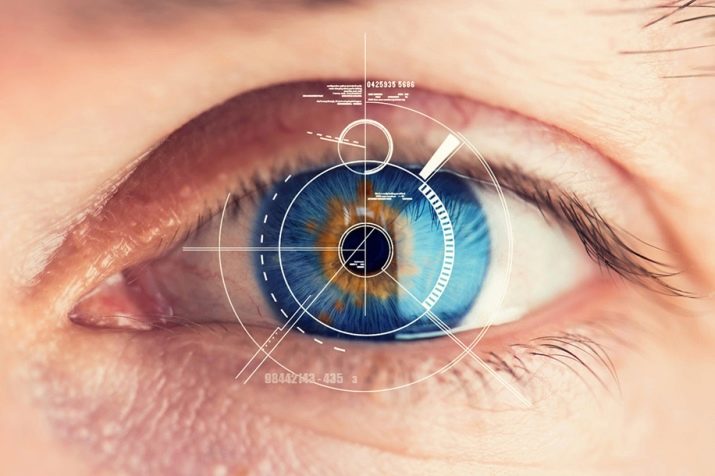
Auditory
This type of retention of informative traces helps a person memorize speech and musical sounds. A subject who quickly and accurately captures and reproduces a variety of sounds is able to perceive and remember a large amount of information heard: the sound of the surf, the trill of a nightingale, the roar of a jet plane, the voice of a loved one, the sound of a piece of music. This feature is usually inherent in musicians, acousticians and simultaneous interpreters.

Tactile
There is a memory for touch. It allows a person to save information about the outside world. Some people, with just one touch of an object, are able to reproduce an event that happened many years ago in the smallest detail. A rough book cover, a gentle mother's hand, a soft fluffy cat, streaks of green leaves can evoke a lot of pleasant memories.

An individual with a well-developed tactile memory is required to evaluate a thing not only visually, but also by touch.
Olfactory
Fragrances often evoke memories in people. Pictures from past years emerge in the imagination: faces of acquaintances, apartment furnishings, natural phenomena, sounds and emotions. A subject with excellent olfactory memory can easily imagine the smoke of a fire, the smell of river coolness, the aroma of his favorite fragrant water. The ability to memorize different smells is essential for perfumers and tasters.

Flavoring
The activity of the taste analyzer is aimed at remembering taste. The individual is able to feel the bitterness of hot pepper, the sweetness of confectionery, the acidity of lemon. Not everyone is able to taste the taste of the ingredients present in any dish. Only a subject with a well-developed gustatory memory can taste a certain food and determine exactly what it consists of, up to the recognition of all the spices. This is an indispensable quality for chefs and tasters.

Types of memory and their characteristics in the video below.








